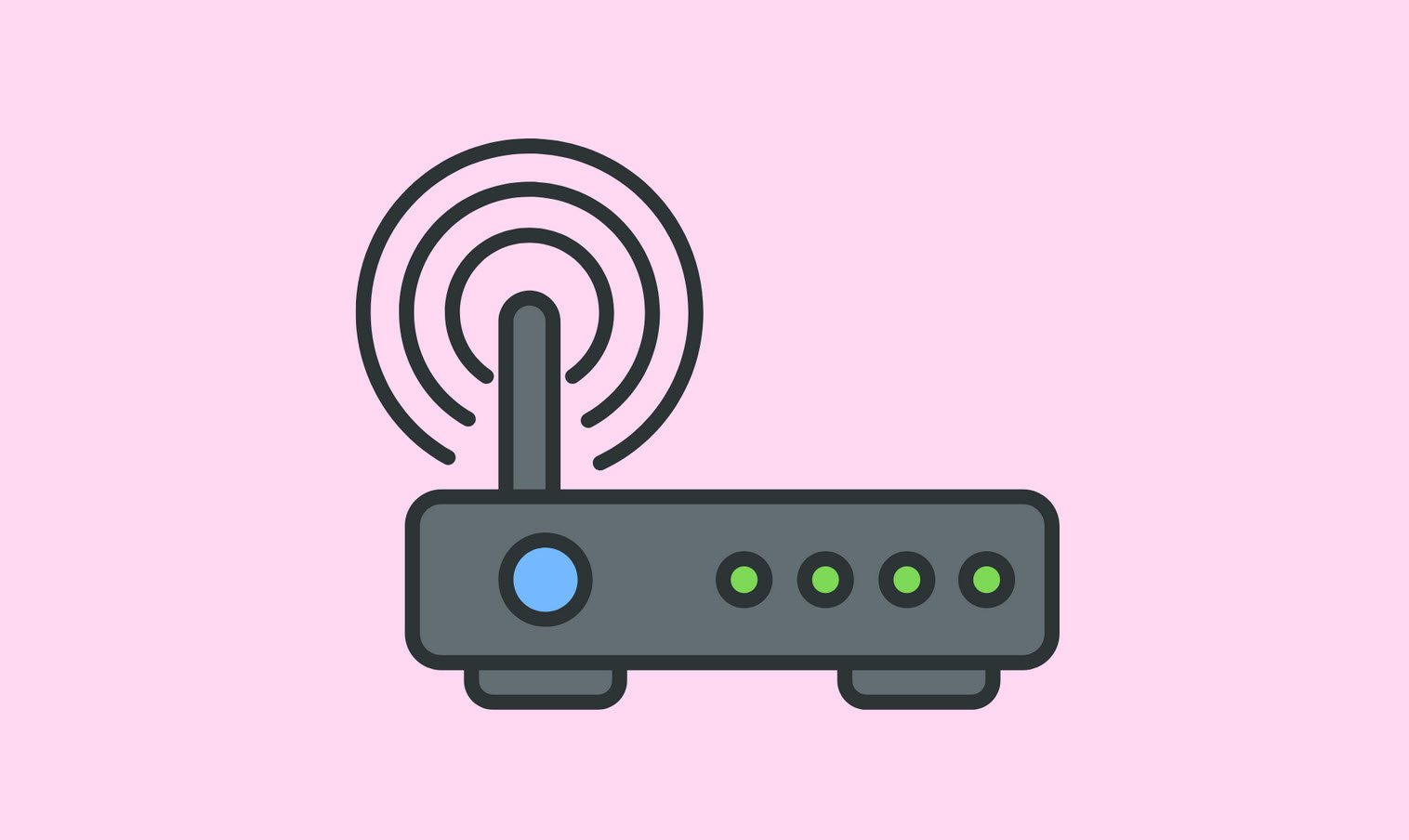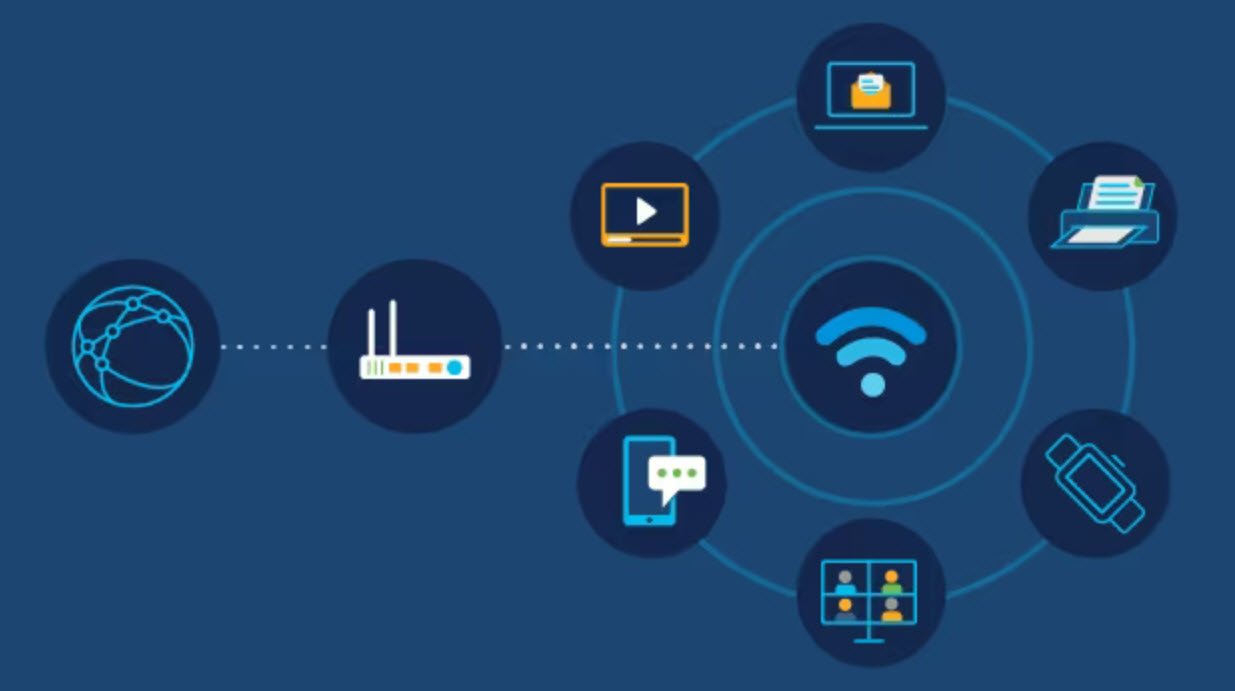
The term ‘wireless network‘ refers to two or more computers communicating using standard network rules or protocols, but without the use of cabling to connect the computers together. Instead, the computers use wireless radio signals to send information from one to the other. A wireless local area network (WLAN) consists of two key components: an access point (also called a base station) and a wireless card. Information can be transmitted between these two components as long as they are fairly close together (up to 100 metres indoors or 350 metres outdoors).
Suppliers would need to visit the students and conduct a site survey. This will determine the number of base stations you need and the best place(s) to locate them. A site survey will also enable each supplier to provide you with a detailed quote. It is important to contact a number of different suppliers as prices, equipment and opinions may vary. When the term ‘wireless network’
is used today, it usually refers to a wireless local area network or WLAN. A WLAN can be installed as the sole network in a school or building.
However, it can also be used to extend an existing wired network to areas where wiring would be too difficult or too expensive to implement, or to areas located away from the main network or main building. Wireless networks can be configured to provide the same network functionality as wired networks, ranging from simple peer-to-peer configurations to large scale networks accommodating hundreds of users.
Also Read: Wireless Networks – Questions With Answers
Wireless LANs have pros and cons when compared with wired LANs. A wireless LAN will make it simple to add or move workstations, and to install access points to provide connectivity in areas
where it is difficult to lay cable. Temporary or semi-permanent buildings that are in range of an access point can be wirelessly connected to a LAN to give these buildings connectivity. Where computer labs are used in students, the computers (laptops) could be put on a mobile cart and wheeled from classroom to classroom, providing they are in range of access points. Wired network points would be needed for each of the access points.
Pros:
- It is easier to add or move workstations.
- It is easier to provide connectivity in areas where it is difficult to lay cable.
- Installation can be fast and easy and can eliminate the need to pull cable through walls and ceilings.
- Access to the network can be from anywhere in the school within range of an access point.
- Portable or semi-permanent buildings can be connected using a wireless LAN.
- Where laptops are used, the ‘computer suite’ can be moved from classroom to classroom on mobile carts.
- While the initial investment required for wireless LAN hardware can be similar to the cost of wired LAN hardware, installation expenses can be significantly lower.
- Where a school is located on more than one site (such as on two sides of a road), it is possible with directional antennae, to avoid digging trenches under roads to connect the sites.
- In historic buildings where traditional cabling would compromise, a wireless LAN can avoid drilling holes in walls.
- Long-term cost benefits can be found in dynamic environments requiring frequent moves and changes.
- They allows the possibility of individual pupil allocation of wireless devices that move around the school with the pupil.
Cons:
- As the number of computers using the network increases, the data transfer rate to each computer will decrease accordingly.
- As standards change, it may be necessary to replace wireless cards and/or access points.
- Lower wireless bandwidth means some applications such as video streaming will be more effective on a wired LAN.
- Security is more difficult to guarantee, and requires configuration.
- Devices will only operate at a limited distance from an access point, with the distance determined by the standard used and buildings and other obstacles between the access point and the user.
- A wired LAN is most likely to be required to provide a backbone to the wireless LAN; a wireless LAN should be a supplement to a wired LAN and not a complete solution.
- Long-term cost benefits are harder to achieve in static environments that require few moves and changes.
- It is easier to make a wired network ‘future proof’ for high data transfer.
- How To Easily Crack Wi-Fi Password
- Securing Your Wireless – Best Practices for Wi-Fi Security
- Wireless Vulnerability Assessment Process – A Brief Guide
- The Pros and Cons of Wireless Data
- 20 Essential Tips for a Secure and Efficient Wireless Network
- Top 6 Different Modes of Wireless Network Adapters in Kali Linux
- 150+ Important Wireless Networking Abbreviations
- Wireless Security Standards – A Brief Guide
- Hacking And Securing Wireless Networks – A Brief Guide
- 200+ Wireless Multiple Choice Questions and Answers








